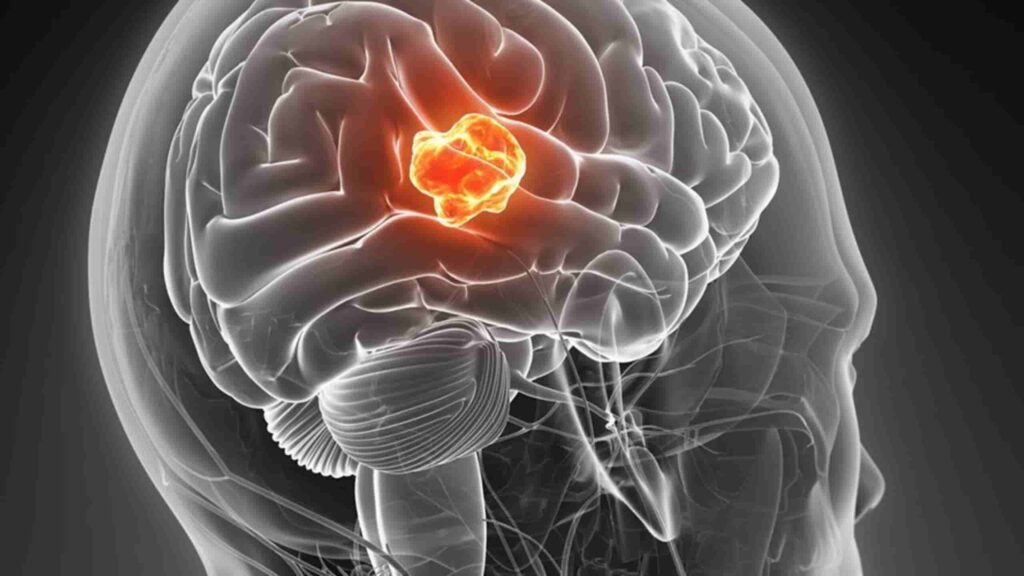Medical Marijuana in the Fight Against Glioblastoma
In the world of medical marijuana and glioblastoma, something exciting is happening. Researchers are looking into how medical marijuana might help with glioblastoma, a tough kind of brain cancer. It’s like they’re teaming up to fight this hard-to-beat cancer in a new way. Let’s take a closer look at how medical marijuana could make a difference for people with glioblastoma.
Understanding Glioblastoma
Glioblastoma is an aggressive form of brain cancer that develops from astrocytes, the supportive cells in the brain. Its rapid growth and invasive nature make it challenging to treat effectively. Symptoms may vary depending on the tumor’s location and can include headaches, nausea, seizures, and cognitive changes. Diagnosis typically involves imaging tests like MRI or CT scans, followed by a biopsy to confirm the presence of glioblastoma.
Medical Marijuana: An Overview
Medical marijuana, also known as medical cannabis, refers to the use of cannabis and its cannabinoids to treat various medical conditions. The plant contains hundreds of active compounds, but the two main ones of interest are tetrahydrocannabinol (THC) and cannabidiol (CBD). These compounds interact with the body’s endocannabinoid system, which plays a role in regulating various physiological processes. While medical marijuana remains federally illegal in many countries, an increasing number of states and countries have legalized its use for medical purposes under specific regulations.
The Potential of Medical Marijuana in Glioblastoma Treatment
Glioblastoma treatment options are often limited and come with significant challenges. Traditional approaches like surgery, radiation therapy, and chemotherapy may help manage the disease to some extent, but they often fall short of providing long-term solutions due to the tumor’s aggressive nature and high recurrence rates. This is where the potential of medical marijuana shines through as a beacon of hope.
Recent research has begun to unravel the therapeutic potential of medical marijuana in addressing the complexities of glioblastoma. Studies suggest that cannabinoids, the active compounds found in cannabis, exhibit various properties that could benefit glioblastoma patients. For instance, cannabinoids have been shown to induce apoptosis, or programmed cell death, in glioblastoma cells, thereby inhibiting their proliferation and growth. Additionally, cannabinoids possess anti-inflammatory properties that may help reduce the inflammation associated with glioblastoma progression.
Moreover, medical marijuana has demonstrated its ability to modulate the tumor microenvironment, creating an inhospitable terrain for cancer cells to thrive. By inhibiting angiogenesis, the process of forming new blood vessels, cannabinoids can impede the tumor’s blood supply, depriving it of essential nutrients and oxygen. This anti-angiogenic effect could limit the tumor’s ability to spread and invade surrounding healthy tissue, slowing disease progression.
Furthermore, medical marijuana holds promise in alleviating the symptoms and side effects associated with glioblastoma and its treatment. Many patients undergoing conventional therapies experience distressing symptoms such as pain, nausea, vomiting, and loss of appetite. Medical marijuana’s analgesic, antiemetic, and appetite-stimulating properties may offer relief and improve the overall quality of life for these individuals.
While the research is still in its early stages, the burgeoning evidence supporting the use of medical marijuana in glioblastoma treatment is promising. However, it’s essential to proceed with caution and further explore the optimal formulations, dosages, and delivery methods to maximize efficacy while minimizing potential side effects. Collaborative efforts between researchers, healthcare providers, and patients are crucial in advancing our understanding of medical marijuana’s role in glioblastoma treatment and ultimately improving patient outcomes.
Benefits and Risks of Using Medical Marijuana for Glioblastoma
While medical marijuana holds promise as a complementary treatment for glioblastoma, we must weigh the potential benefits against the risks. Some patients report improvements in symptoms such as pain, nausea, and appetite stimulation with medical marijuana use. However, there are also risks and side effects to consider, including cognitive impairment, dependency, and interactions with other medications. Patient-specific factors, such as age, overall health, and tolerance, should guide the decision-making process and dosing strategy.
Case Studies and Patient Experiences
Real-life experiences of glioblastoma patients using medical marijuana provide valuable insights into its efficacy and challenges. While some individuals have reported significant improvements in symptom management and quality of life, others may not experience the same benefits. Factors such as dosage, strain selection, and individual response variability play a role in determining outcomes. These case studies highlight the need for personalized treatment approaches and ongoing research in this field.
Integrating Medical Marijuana into Glioblastoma Treatment Plans
Effective integration of medical marijuana into glioblastoma treatment plans requires collaboration between patients, healthcare providers, and caregivers. Open communication and shared decision-making ensure that treatment goals align with patient preferences and medical guidelines. Healthcare professionals can provide guidance on dosage, administration methods, and potential drug interactions to optimize therapeutic outcomes. Regular monitoring and adjustments may be necessary to address evolving needs and treatment responses.
Conclusion
Medical marijuana represents a promising adjunctive therapy in the treatment of glioblastoma, offering potential benefits in symptom management and tumor control. However, further research is needed to elucidate its precise mechanisms of action and long-term effects in this context. By fostering interdisciplinary collaboration and individualized care approaches, we can maximize the therapeutic potential of medical marijuana while ensuring patient safety and well-being.

Dr. Nicholas Marsh has been a respected board-certified anesthesiologist in Northern Virginia for over 35 years. Recognized as a top doctor by FindaTopDoc.com, his vision for providing top-quality medical services is driven by his passion for patient comfort and dignity.

